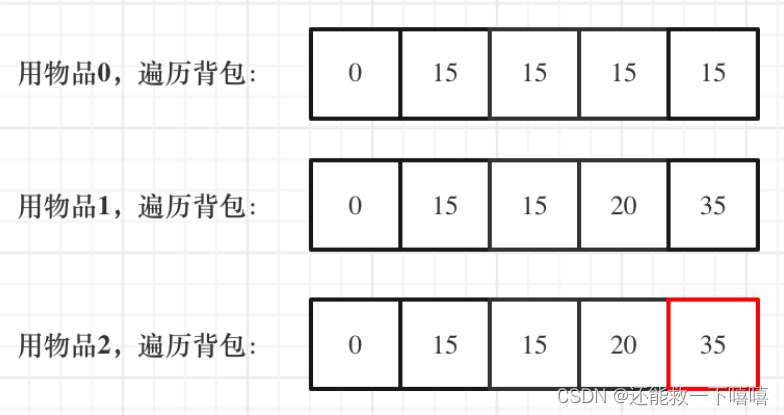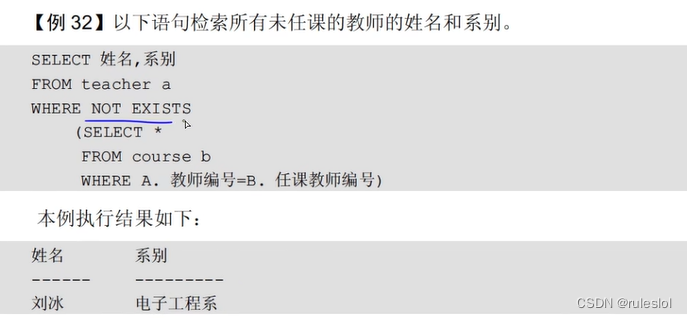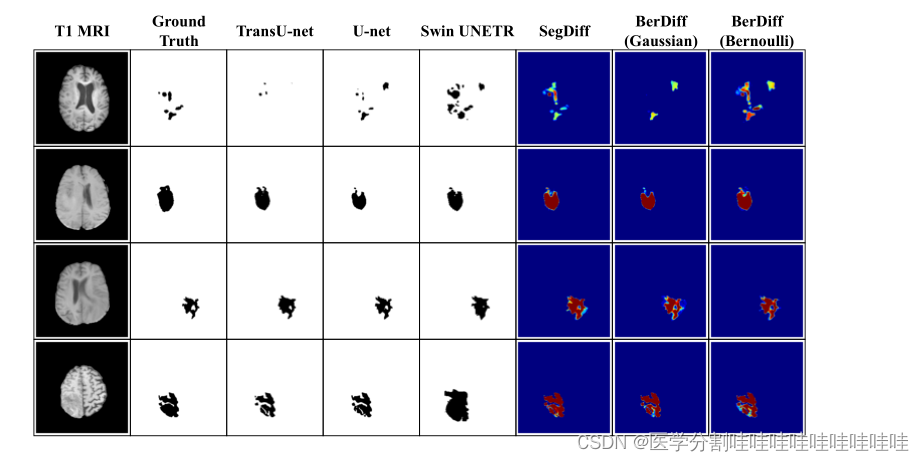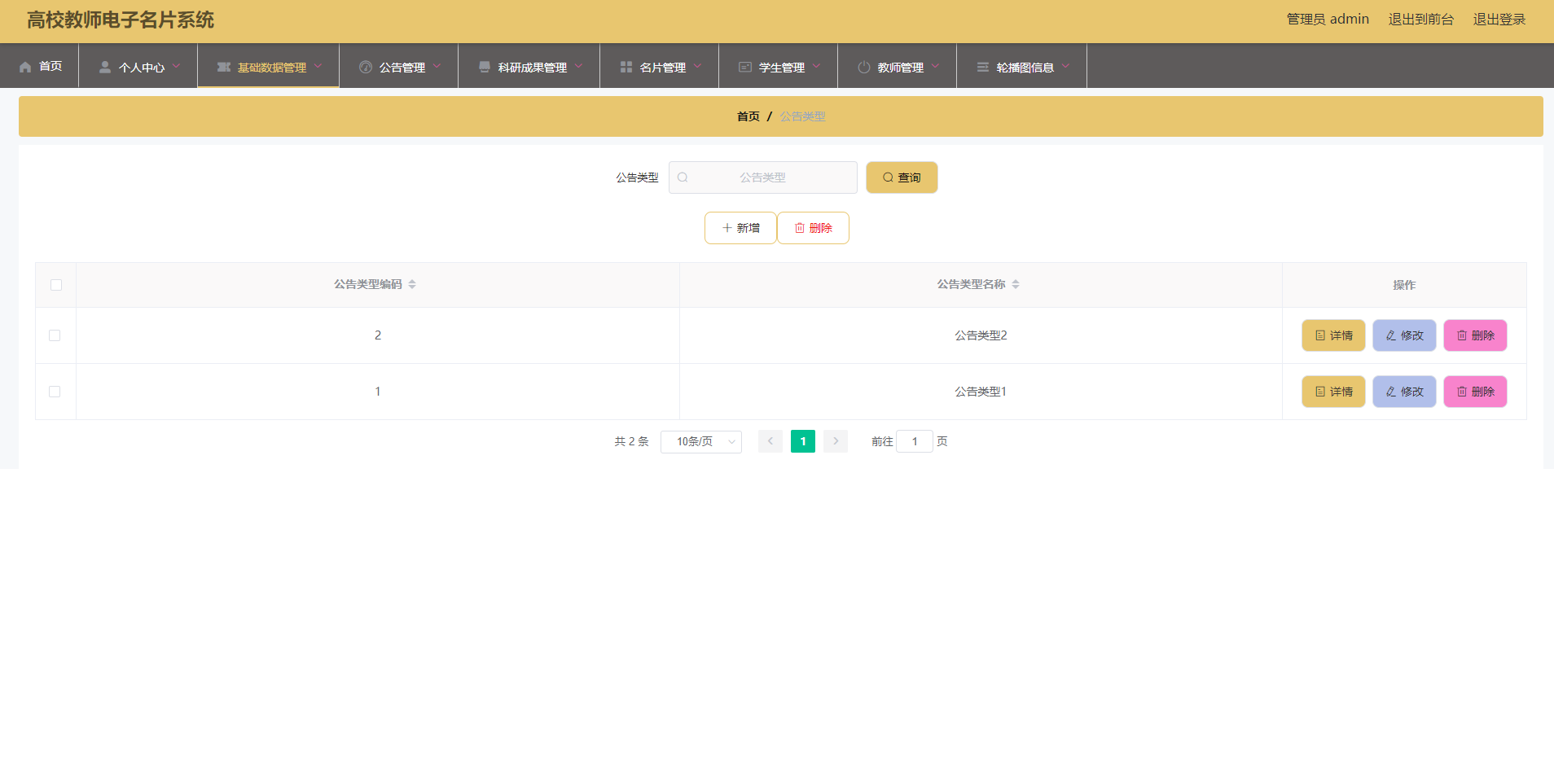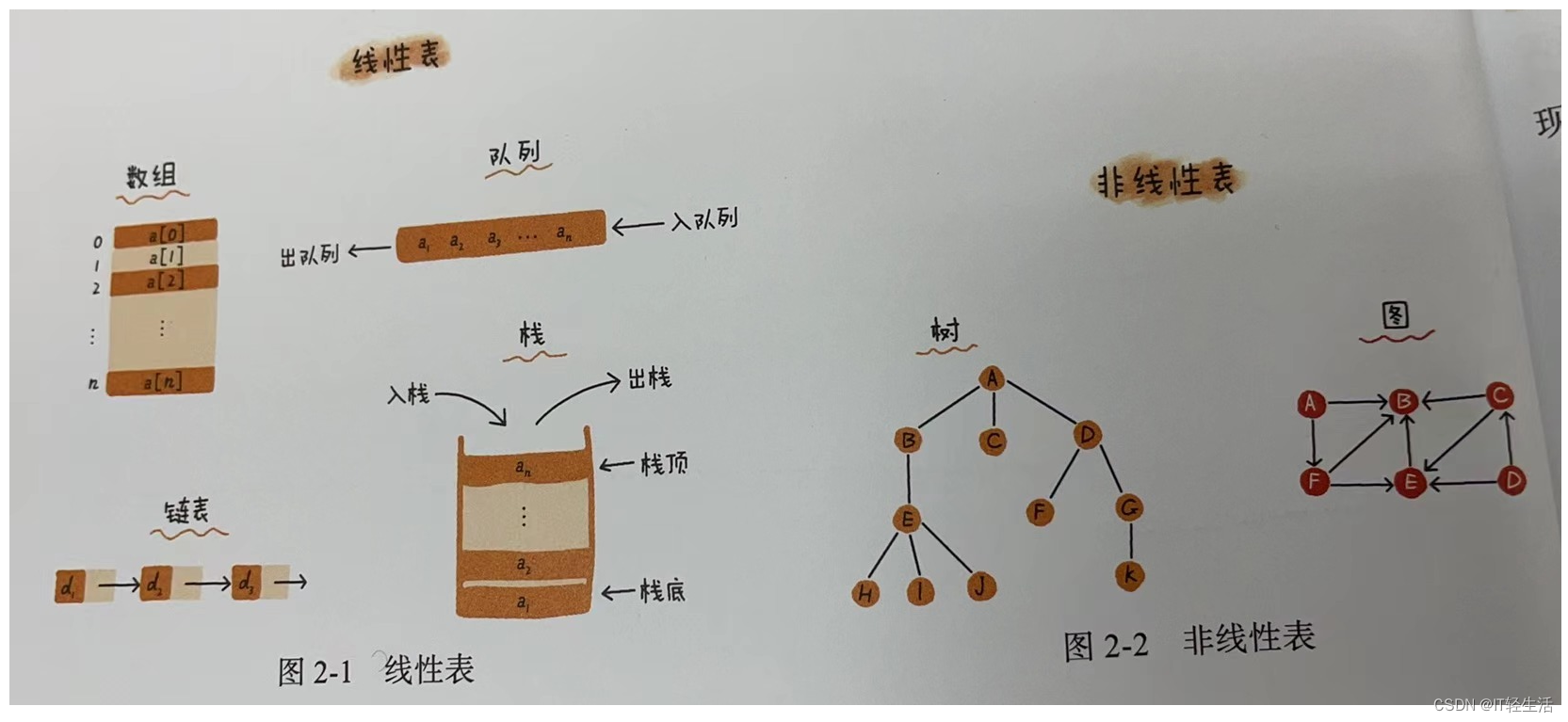1.基础类说明
为了统一数据的加载和处理代码,pytorch提供了两个类,用来处理数据加载:
torch.utils.data.DataLoader
torch.utils.data.Dataset通过这两个类,可以使数据集加载和预处理代码,与模型训练代码脱钩,是代码模块化和可读性更高,DataLoader具有乱序和批次输出的功能非常实用,,以dataset为tensor数据容器,DataLoader可以批量乱序输出dataset容器里面的数据,举例说明DataLoader和TensorDataset(TensorDataset继承自Dataset)。
from torch.utils.data import DataLoader
from torch.utils.data import TensorDataset
#举例使用方法:
x = np.random.randn(100)
y = 100*x+10
x = torch.from_numpy(x)
y = torch.from_numpy(y)
ds = TensorDataset(x,y)
print(ds)
dl = DataLoader(ds,batch_size=10)
print(dl)
for a,s in dl:
print(a,s)
#x,y = next(iter(s))#使用迭代方式访问
'''
打印输出
<torch.utils.data.dataset.TensorDataset object at 0x000001C25C8B0A50>
<torch.utils.data.dataloader.DataLoader object at 0x000001C255F36190>
tensor([[ 0.4691],
[ 0.6049],
[ 0.5738],
[-1.0429],
[ 1.1271],
[-0.0227],
[-0.7122],
[-0.0492],
[-0.3878],
[ 0.2161]], dtype=torch.float64) tensor([[ 56.9061],
[ 70.4902],
[ 67.3768],
[-94.2906],
[122.7052],
[ 7.7305],
[-61.2175],
[ 5.0850],
[-28.7823],
[ 31.6116]], dtype=torch.float64)
tensor([[-0.9782],
[ 1.2216],
[-1.1242],
[-1.2297],
[-0.1155],
[-0.4263],
[-0.3141],
[-0.2565],
[-1.0121],
[-0.6660]], dtype=torch.float64) tensor([[ -87.8212],
[ 132.1552],
[-102.4236],
[-112.9692],
[ -1.5480],
[ -32.6288],
[ -21.4060],
[ -15.6508],
[ -91.2147],
[ -56.6039]], dtype=torch.float64)
tensor([[ 1.3065],
[ 0.2994],
[-1.1172],
[-0.0549],
[ 0.7360],
[-0.5772],
[ 0.2071],
[ 0.1534],
[-1.2489],
[-0.1326]], dtype=torch.float64) tensor([[ 140.6500],
[ 39.9404],
[-101.7177],
[ 4.5059],
[ 83.6023],
[ -47.7202],
[ 30.7051],
[ 25.3379],
[-114.8920],
[ -3.2643]], dtype=torch.float64)
tensor([[ 0.6008],
[ 1.0718],
[-1.2174],
[ 2.5375],
[-0.3207],
[ 1.3478],
[ 0.7117],
[ 0.1565],
[ 1.5195],
[-0.8144]], dtype=torch.float64) tensor([[ 70.0802],
[ 117.1795],
[-111.7351],
[ 263.7489],
[ -22.0686],
[ 144.7844],
[ 81.1660],
[ 25.6479],
[ 161.9522],
[ -71.4358]], dtype=torch.float64)
tensor([[-1.2483],
[-1.9078],
[ 0.5961],
[ 0.0194],
[-0.1173],
[ 0.3140],
[-0.9329],
[ 0.0038],
[-0.4335],
[-0.6057]], dtype=torch.float64) tensor([[-114.8282],
[-180.7820],
[ 69.6107],
[ 11.9363],
[ -1.7310],
[ 41.4012],
[ -83.2908],
[ 10.3779],
[ -33.3497],
[ -50.5697]], dtype=torch.float64)
tensor([[-0.0495],
[ 0.2895],
[-0.6009],
[ 1.0616],
[ 0.3481],
[-0.4579],
[-1.8343],
[ 1.6204],
[-0.8834],
[-1.0749]], dtype=torch.float64) tensor([[ 5.0491],
[ 38.9459],
[ -50.0886],
[ 116.1596],
[ 44.8123],
[ -35.7889],
[-173.4340],
[ 172.0404],
[ -78.3447],
[ -97.4876]], dtype=torch.float64)
tensor([[ 0.8313],
[-0.7213],
[ 0.3275],
[ 1.3682],
[-0.8968],
[ 0.0987],
[-0.1118],
[-1.3022],
[-0.9787],
[ 0.9574]], dtype=torch.float64) tensor([[ 93.1274],
[ -62.1344],
[ 42.7548],
[ 146.8156],
[ -79.6817],
[ 19.8716],
[ -1.1838],
[-120.2235],
[ -87.8683],
[ 105.7363]], dtype=torch.float64)
tensor([[ 0.7923],
[ 1.3725],
[ 0.3167],
[ 0.1243],
[ 0.7679],
[-0.1851],
[-1.5475],
[-0.0633],
[ 1.0783],
[-0.4816]], dtype=torch.float64) tensor([[ 89.2304],
[ 147.2453],
[ 41.6672],
[ 22.4315],
[ 86.7898],
[ -8.5120],
[-144.7464],
[ 3.6742],
[ 117.8263],
[ -38.1595]], dtype=torch.float64)
tensor([[ 2.0525],
[ 0.7787],
[-0.3905],
[ 0.3564],
[ 0.0701],
[-0.9325],
[-0.0311],
[ 1.1144],
[-0.7584],
[-0.5550]], dtype=torch.float64) tensor([[215.2454],
[ 87.8650],
[-29.0486],
[ 45.6430],
[ 17.0132],
[-83.2503],
[ 6.8893],
[121.4400],
[-65.8450],
[-45.5046]], dtype=torch.float64)
tensor([[ 0.1598],
[ 0.4774],
[-0.3246],
[ 0.4640],
[-2.7714],
[-0.5616],
[ 1.8471],
[ 1.1289],
[ 1.5057],
[-0.0776]], dtype=torch.float64) tensor([[ 25.9807],
[ 57.7353],
[ -22.4564],
[ 56.4036],
[-267.1440],
[ -46.1577],
[ 194.7096],
[ 122.8872],
[ 160.5707],
[ 2.2443]], dtype=torch.float64)
Dataset MNIST
Number of datapoints: 60000
Root location: data
Split: Train
StandardTransform
Transform: ToTensor()
<torch.utils.data.dataloader.DataLoader object at 0x0000026CC3992450>
tensor([[[[0., 0., 0., ..., 0., 0., 0.],
[0., 0., 0., ..., 0., 0., 0.],
[0., 0., 0., ..., 0., 0., 0.],
...,
[0., 0., 0., ..., 0., 0., 0.],
[0., 0., 0., ..., 0., 0., 0.],
[0., 0., 0., ..., 0., 0., 0.]]],
[[[0., 0., 0., ..., 0., 0., 0.],
[0., 0., 0., ..., 0., 0., 0.],
[0., 0., 0., ..., 0., 0., 0.],
...,
[0., 0., 0., ..., 0., 0., 0.],
[0., 0., 0., ..., 0., 0., 0.],
[0., 0., 0., ..., 0., 0., 0.]]],
[[[0., 0., 0., ..., 0., 0., 0.],
[0., 0., 0., ..., 0., 0., 0.],
[0., 0., 0., ..., 0., 0., 0.],
...,
[0., 0., 0., ..., 0., 0., 0.],
[0., 0., 0., ..., 0., 0., 0.],
[0., 0., 0., ..., 0., 0., 0.]]],
...,
[[[0., 0., 0., ..., 0., 0., 0.],
[0., 0., 0., ..., 0., 0., 0.],
[0., 0., 0., ..., 0., 0., 0.],
...,
[0., 0., 0., ..., 0., 0., 0.],
[0., 0., 0., ..., 0., 0., 0.],
[0., 0., 0., ..., 0., 0., 0.]]],
[[[0., 0., 0., ..., 0., 0., 0.],
[0., 0., 0., ..., 0., 0., 0.],
[0., 0., 0., ..., 0., 0., 0.],
...,
[0., 0., 0., ..., 0., 0., 0.],
[0., 0., 0., ..., 0., 0., 0.],
[0., 0., 0., ..., 0., 0., 0.]]],
[[[0., 0., 0., ..., 0., 0., 0.],
[0., 0., 0., ..., 0., 0., 0.],
[0., 0., 0., ..., 0., 0., 0.],
...,
[0., 0., 0., ..., 0., 0., 0.],
[0., 0., 0., ..., 0., 0., 0.],
[0., 0., 0., ..., 0., 0., 0.]]]]) tensor([0, 0, 6, 1, 4, 2, 9, 8, 3, 8])
torch.Size([10, 1, 28, 28]) torch.Size([10])
'''2.pytorch提供的数据集
pytorch 的 torchvision 模块提供了一些关于图像的数据集,均继承自torch.utils.data.Dataset 因此可以直接使用torch.utils.data.Dataloader,还提供了一些图像的转换方法,使用方法用最常见的 MNIST 举例:
import torchvision
from torchvision.transforms import ToTensor
'''
1.将输入转为Tensor,
2.将图片格式转换为通道在前,常见通道为(高,宽,通道(像素点rgb))转换为(通道(像素点rgb),高,宽)
3.将像素取值归一化
'''
minidat = torchvision.datasets.MNIST('data',#文件夹名字
train=True,#训练数据和测试数据选择
transform=ToTensor(),#转换方法
download=True)#第一次需要下载库
print(minidat)
s = DataLoader(minidat,batch_size=10)
print(s)
# print(x,y)
for x,y in s:
print(x.shape,y.shape)
torch.tensor()
'''
Dataset MNIST
Number of datapoints: 60000
Root location: data
Split: Train
StandardTransform
Transform: ToTensor()
<torch.utils.data.dataloader.DataLoader object at 0x00000254130BAC10>
tensor([[[[0., 0., 0., ..., 0., 0., 0.],
[0., 0., 0., ..., 0., 0., 0.],
[0., 0., 0., ..., 0., 0., 0.],
...,
[0., 0., 0., ..., 0., 0., 0.],
[0., 0., 0., ..., 0., 0., 0.],
[0., 0., 0., ..., 0., 0., 0.]]],
[[[0., 0., 0., ..., 0., 0., 0.],
[0., 0., 0., ..., 0., 0., 0.],
[0., 0., 0., ..., 0., 0., 0.],
...,
[0., 0., 0., ..., 0., 0., 0.],
[0., 0., 0., ..., 0., 0., 0.],
[0., 0., 0., ..., 0., 0., 0.]]],
[[[0., 0., 0., ..., 0., 0., 0.],
[0., 0., 0., ..., 0., 0., 0.],
[0., 0., 0., ..., 0., 0., 0.],
...,
[0., 0., 0., ..., 0., 0., 0.],
[0., 0., 0., ..., 0., 0., 0.],
[0., 0., 0., ..., 0., 0., 0.]]],
...,
[[[0., 0., 0., ..., 0., 0., 0.],
[0., 0., 0., ..., 0., 0., 0.],
[0., 0., 0., ..., 0., 0., 0.],
...,
[0., 0., 0., ..., 0., 0., 0.],
[0., 0., 0., ..., 0., 0., 0.],
[0., 0., 0., ..., 0., 0., 0.]]],
[[[0., 0., 0., ..., 0., 0., 0.],
[0., 0., 0., ..., 0., 0., 0.],
[0., 0., 0., ..., 0., 0., 0.],
...,
[0., 0., 0., ..., 0., 0., 0.],
[0., 0., 0., ..., 0., 0., 0.],
[0., 0., 0., ..., 0., 0., 0.]]],
[[[0., 0., 0., ..., 0., 0., 0.],
[0., 0., 0., ..., 0., 0., 0.],
[0., 0., 0., ..., 0., 0., 0.],
...,
[0., 0., 0., ..., 0., 0., 0.],
[0., 0., 0., ..., 0., 0., 0.],
[0., 0., 0., ..., 0., 0., 0.]]]]) torch.Size([10])
'''3.模型定义示例
这里举例定义一个简单的线性模型:
class model(nn.Module):
def __init__(self):
super().__init__()
self.L1 = nn.Linear(28*28,1024)
self.L2 = nn.Linear(1024,256)
self.L3 = nn.Linear(256,10)
self.leakRelu = nn.LeakyReLU()
def forward(self,input):
x = input.view(-1,28*28)
x = self.L1(x)
x = self.leakRelu(x)
x = self.L2(x)
x = self.leakRelu(x)
logist = self.L3(x)
return logist #一般没有经过激活的返回取名logist
4.模型训练
数据集固定方式之后,模型训练可以写一个固定的模型训练函数:
'''
m :模型
dl:训练数据集
optfun:优化函数
bach:全部数据训练批次
'''
def train(m,dl,lossfun,optfun,bach):
# m = model()
# dl = torch.utils.data.DataLoader()
# lossfun = nn.CrossEntropyLoss
# optfun = torch.optim.SGD()
m.train()
for count in np.arange(bach):
for x,y in dl:
y_pred = m(x)
loss = lossfun(y_pred,y)
optfun.zero_grad()
loss.backward()
optfun.step()
with torch.no_grad():
a = y_pred.argmax(1).data.numpy()
b = y.data.numpy()
c=((a==b).astype(np.int32).sum()/len(b))
print('Prediction accuracy: ',c)
print("Training times:",count)
5.模型存储与装载
在模型训练好以后可以存储起来代码:
'''
保存模型
m 是模型
p 是存储的文件名和路径
'''
def SaveModel(m,p):
torch.save(m.state_dict(),p)
'''
装载模型
p 是存储的文件名和路径
'''
def LoadModel(p):
m = model()
m.load_state_dict(torch.load(p))
m.eval()
return m6.总结


对于 torchvision.transforms提供的转换工具函数使用示例:
#该方法把图像数据转化为tensor数据
trans_img = torchvision.transforms.ToTensor()
#转化方法如下
img = trans_img(img)
'''
如果一次要进行好几个转换可以合并转换功能
'''
trans_img = torchvision.transforms.Compose([torchvision.transforms.ToTensor(),
torchvision.transforms.ToPILImage()])
img = trans_img(img)模型训练,保存,运用示例:
trans = torchvision.transforms.Compose([torchvision.transforms.ToTensor()])
train_ds = torchvision.datasets.FashionMNIST('data',
train=True,
transform=trans,
download=True)
train_dl = DataLoader(train_ds,batch_size=128)
test_ds = torchvision.datasets.FashionMNIST('data',
train=True,
transform=trans,
download=False)
test_dl = DataLoader(test_ds, batch_size=1)
trans_img = torchvision.transforms.ToTensor()
m_path = 'Fashion.pth'
mod = model()
lossfun = nn.CrossEntropyLoss()
optfun = torch.optim.SGD(mod.parameters(),lr=0.001)
# train(mod,train_dl,lossfun,optfun,100)
# SaveModel(mod,m_path)
mod = LoadModel(m_path)
errCount = 0
correctCount = 0
for x,y in test_dl:
y_pred=mod(x)
print(y_pred.argmax(1),y)
# cv.imshow(np.squeeze(x.data.numpy()))
dy = y_pred.argmax(1)
if dy.item()==y.item():
correctCount+=1
else:
errCount+=1
print('err:',errCount,'correct:',correctCount,correctCount/(correctCount+errCount))
后续关于继承Dataset,进行数据加载,会继续添加相关示例。





